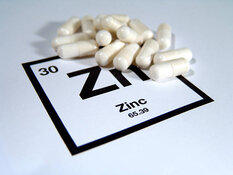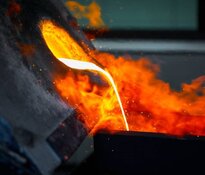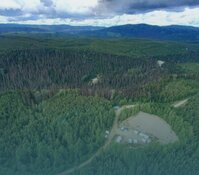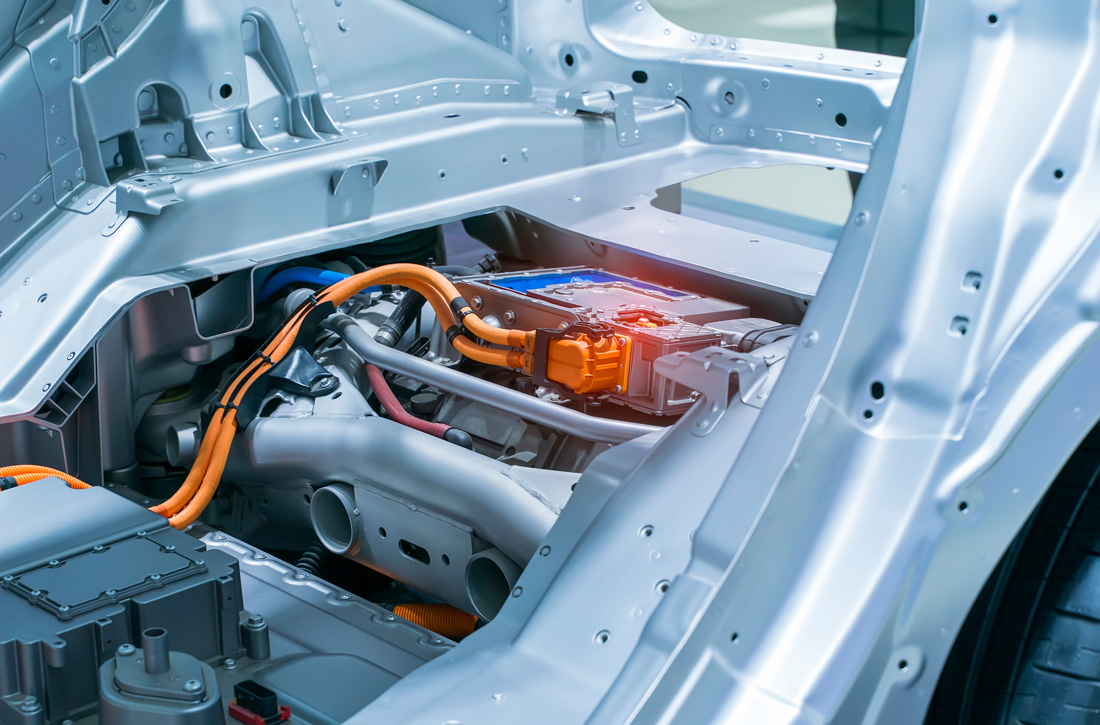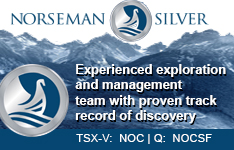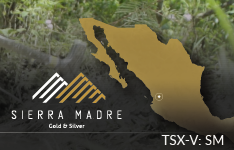Defense Metals Corp. (DEFN:TSX.V; DFMTF:OTCQB; 35D:FSE) had extensive comminution and beneficiation test work done on variability samples from its Wicheeda rare earth elements project in British Columbia, and results showed high recoveries and concentrate grade over a range of feed grades, reported Noble Capital Markets analyst Mark Reichman in an Oct. 12 research note.
"Results from the test work demonstrate that Wicheeda feedstock can be crushed, ground and floated to produce a rare earth flotation product competitive with other global producers," Reichman wrote.
400% gain implied
Noble reiterated its $0.70 per share target price on the Canadian critical metals company, currently trading at about $0.14 per share, noted Reichman.
Given these two prices, the projected return for investors is significant, at 400%.
Defense Metals remains rated Outperform.
Dolomite dominates
Reichman summarized the results of the tests, all performed by SGS Canada Inc.
The Wicheeda deposit was shown to be made up of these lithologies that contain rare earth elements: 73% higher-grade dolomite carbonatite, 24% xenolithic carbonatite and 3% syenite.
"The dolomite carbonatite material is expected to comprise most of the mill feed, with the deeper xenolithic carbonatite and syenite mined later," Reichman wrote.
SGS carried out 90 open-circuit flotation tests, using 1 kilogram (1 kg) or 2 kg of feed, on 17 individual variability samples, various composites and blends.
Recoveries and grades
The best fit line, at a feed grade of 3% total rare earth oxide (TREO), Reichman reported, showed 80% recovery to a 45% total rare earth oxide (TREO) concentrate. Results also indicated that higher recoveries and grades could be achieved in a closed circuit operation, like a flotation plant.
A locked cycle test on a deposit composite with a 2.9% feed grade demonstrated a rare earths recovery rate of 85% at a concentrate grade of 50.7% TREO.
Comminution methodology
As far as the amount of energy needed to grind the material, it was shown to be generally low, even for the desired results of high flotation recovery and favorable concentrate grade. This was consistent over multiple feed grades.
"Work suggests than an autogenous or semi-autogenous grinding system followed by a ball mill will work well at the comminution plant," Reichman wrote.
Study in progress
Defense Metals is continuing to work on a preliminary feasibility study of Wicheeda and aims to have complete it in H1/24.
| Want to be the first to know about interesting Critical Metals investment ideas? Sign up to receive the FREE Streetwise Reports' newsletter. | Subscribe |


